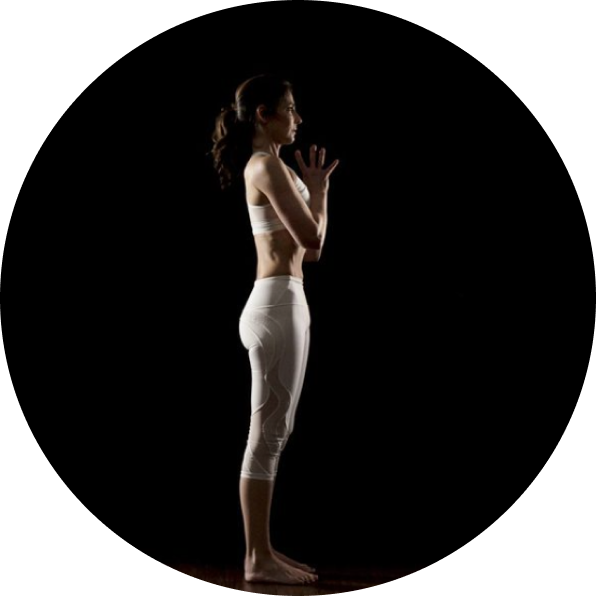Have you ever gone to a PT for back pain and wondered why they started checking out your hips? What do your hips have to do with your back?
That’s a wonderful question! Let me introduce you to a patient of mine to help illustrate this for you. Meet Jan, a kind 40-year-old corporate manager with pain in her back that would not go away despite everything she tried. When I asked her about her lifestyle, she told me she mostly works at her desk all day but loves to take a daily walk – often getting over 10,000 steps a day. I examined her and here’s what I found.
Jan had strong legs but lacked core strength. She couldn’t extend her hip without arching her lower back. Aha! I think we’re on to something. Let’s take a look at what functional anatomy might be contributing to her back pain problem.
This pelvis position is called an anterior pelvic tilt. What this position does is encourage a shortening/tightness of the lower back muscles and the hip flexors and quads. Because the hip flexors and quads are so tight – it limits Jan’s ability to extend her hip and instead, she uses the anterior pelvic tilt technique to get her leg behind her, compressing her lower back.
Think about the amount of steps Jan takes in a day. That’s 10,000 hip extension moments that are actually low back compression moments. No wonder she’s having pain here.
All Jan needs to fix her low back pain are strategies to adopt a neutral pelvis, especially as she walks to give her back optimal space to function as it is anatomically meant to.
Here is what I gave Jan:
- Posture retraining. Jan has the head knowledge of what a neutral pelvis is, but she is missing the body knowledge. The first step is to train her neuromuscular system to learn this new posture.
- Hip mobility. Jan’s tight hip flexors are making it difficult for her to get full hip extension when she walks. But hip mobility is more than just stretching. Jan needs glute, core, and hip flexor strength to be able to control the hip movements required for walking while holding a neutral pelvis. So truly, hip mobility is achieved through hip strengthening while moving through available ranges of motion. If she decided just to start stretching her hip flexors, she’ll still be missing the muscle strength required to actually hold her pelvis in a neutral position and she will likely still fall into anterior pelvic tilt, compressing her spine. This is why I define mobility as strength through motion.
Jan applied these two tools and over time she now has mobile, strong hips, maintains a neutral pelvis on her walks and at her desk, and she no longer has back pain. Way to go Jan!
This is something you can do too. LYT Daily is full of classes to train the neutral pelvis and build hip mobility (strength through motion). Check them out with our 2-week free trial or try this free sample class for harmonious hips on the LYT YouTube channel! https://www.youtube.com/watch?v=yRe1zFMhg0s
Happy hip training!
Thalia Wynne, DPT, PT, AT, RYT
IG: @thalialovee
Picture sources:
Pic 1: https://caloriebee.com/workout-routines/Fix-Anterior-Pelvic-Tilt
Pic 2: https://backintelligence.com/anterior-pelvic-tilt-fix/






